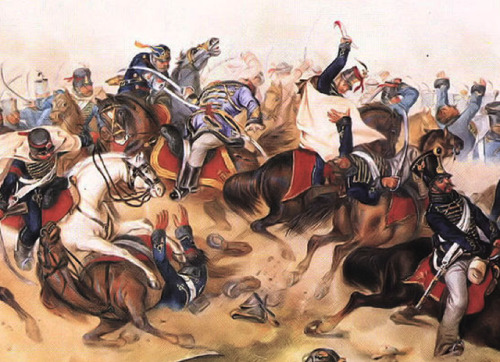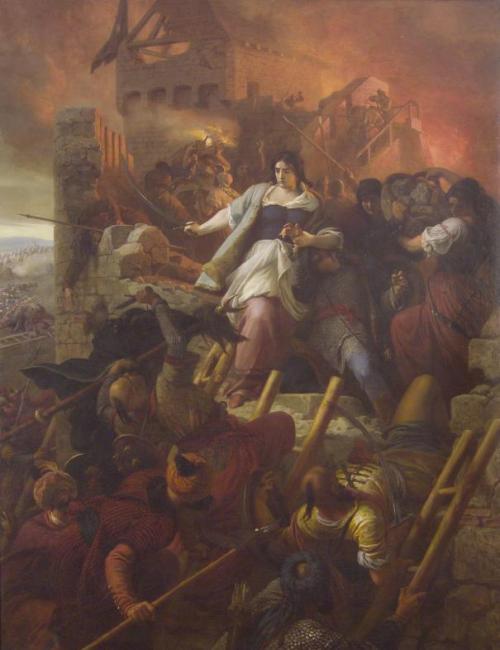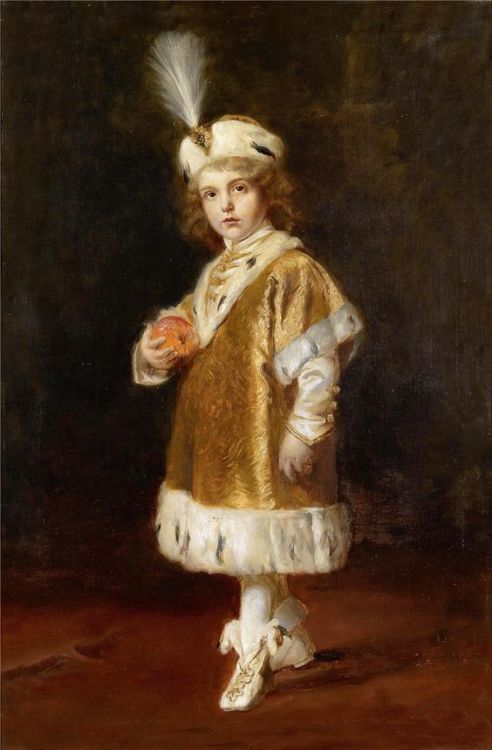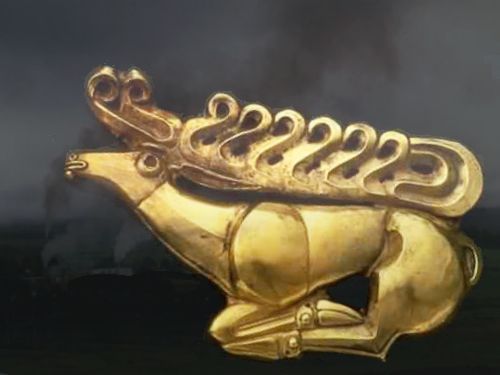#hungarian history
March 15th 1848: Hungarian Revolution begins
On this day in 1848, a revolution broke out in Hungary, one of many in the ‘Year of Revolutions’. There had been a growing reform movement in Hungary which demanded change and provisions for those who had been most affected by the economic downturn after the Napoleonic Wars. Journalist Lajos Kossuth became leader of this movement, and pushed for democracy and civil equality in Hungary. As it stood, the Hungarian elites did not pay tax but only they had the vote - the system was in dire need of change. The Habsburg monarchs tried to suppress the movement by blocking its legislation and arresting its leaders. The full revolution began with mass demonstrations and insurrections throughout Hungary. The powers-that-be acquiesced on some demands - passing reforms and establishing a new parliament. As the imperial government of Austria tied to halt the movement, the revolution soon evolved into a war of independence. Hungary lost the war, and the Austrians retained control over the kingdom.
Post link
Hannah Szenes (1921-1944) was a Jewish Hungarian resistance fighter who was parachuted behind German lines in World War 2.
The child of a Jewish family in Hungary, Szenes showed a talent for writing from a young age. She was accepted into a Protestant private school, however in spite of a ‘gifted student’ discount she still had to pay double the regular fees because she was Jewish. Combined with her awareness of the worsening situation for Jews in Hungary, this led her to join Maccabea, a Hungarian Zionist youth movement.
In 1939 Szenes traveled to the British Mandate of Palestine where she studied agriculture and wrote poetry and plays about Kibbutz life. In 1941 she joined the Jewish paramilitary force Haganah and in 1943 volunteered to join the British Special Operations Executive to train as a paratrooper. After training in Egypt she was selected to take part in an operation to infiltrate German-occupied Europe and establish links with beleaguered Jewish communities.
On March 14th 1944 Szenes was parachuted into Yugoslavia along with two men, Yoel Palgi and Peretz Goldstein. Their mission was to enter Hungary and help save Hungarian Jews from being deported to the Auschwitzconcentration camp. The team spent 3 months working with Yugoslavian partisans, during which they discovered that Hungary had been forcibly occupied by German forces in retaliation for attempting to surrender to the Allies. Faced with this new information Palgi and Goldstein decided to call off the mission. Szenes disagreed and pressed on to the Hungarian border alone, however not long after crossing she was arrested by Hungarian police.
Szenes was imprisoned and suffered a brutal interrogation by police who wanted to know the code for the radio transmitter she used to communicate with the partisans and the British. She was stripped, tied to a chair, and whipped and clubbed for 3 days. She lost several of her teeth. Yet she refused to surrender the code and so she was transferred to a Budapest prison where she continued to be tortured. Frustrated that she wouldn’t break, the guards brought in her mother, who she had not seen for 5 years, and threatened her life. Despite this Szenes still refused to give up the code and eventually her mother was released.
Szenes spent the next three months in prison but was not idle. She communicated with other prisoners using a mirror to flash signals and used large cut-out letters to spell out messages in Hebrew. She often sang to keep up the spirits of the other prisoners. However in late October she was tried for treason and on November 7th 1944 she was executed by a German firing squad.
Following the end of the war, Szenes became widely known when her diary, poetry and plays were published. She was recognised as a national heroine of Israel and in 1950 her remains were reburied in the military cemetery on Mt HerzlinJersualem.
One of the final entries in her diary contained a poem reading:
In the month of July I shall be twenty-three,
I played a number in a game,
The dice have rolled. I have lost.
Post link
Today the Female Soldier website has a new Featured Soldier: Erika Szeles, the young soldier and nurse who became the face of the 1956 Hungarian Revolution. If you missed it the first time then check out her remarkable story.
Post link

“Horvath’s highly original study of youth in Budapest is a major contribution to the history of Hungary in the Communist era, and also to the wider social history of Europe in the post-1945 era. His vivid exploration of the state and police archives, as well as his interviews with some of the original participants, skillfully shows how the regime’s clumsy efforts to repress the disorderly actions of a group of young people laid bare the tensions between state and society in post-1956 Hungary as well as the new attitudes of young people in the 1960s.”
(The women of Eger, by Bertalan Székely)
The women of Eger - Victory or death
In June 1552, the Ottoman Sultan Suleiman the Magnificent began a military campaign against the Habsurgs. In the path of the Ottoman troops was Eger Castle, Hungary. Its garrison, consisting of some 1,920 men, faced a vastly superior force of 27,000 troops. Captain Istvan Dobo was determined to fight to the death and a huge black coffin was placed on Eger’s ramparts to signal this commitment.
Among the garrison were around 90 women, 40 of whom were ladies of nobility. The women refused to escape while it was still possible. They, too, wanted to fight.
The Turks first bombarded the walls, but ran out of ammunition on September 29. Close combat ensued as they tried to breach the walls. In addition to nursing the wounded, the women actively repelled the assailants. They poured boiling water onto them and threw burning faggots soaked with tar. The ladies also fought the Turks in hand-to-hand combat.
Tradition has highlighted some of their names: Margit Hommonay, Eufrozina Gyulafy and Mrs. Job Pasky. Katica Dobo, captain Istvan Dobo’s daughter, led the women on the ramparts “her long brown hair streaming from under her helmet”.
The besieged thus repulsed attack after attack and the Turks had to give up. They lifted the siege on October 13, 1552.
The women of Eger were thus remembered across the centuries as an example of determination and resistance.
If you want to support me, here’s the link to my Ko-Fi.
Bibliography:
Hacker Barton, Vining Margaret (ed.), A Companion to Women’s Military History
Leisen Antal, “Eger, women in siege of”, in: Higham Robin, Pennington Reina (ed.), Amazons to fighter pilots, biographical dictionary of military women, vol.1
Post link
Ermine Trimmed Court Ensemble, 1916
Worn by Crown Prince Otto von Habsburg to his parents Charles I and IV and Zita of Bourbon-Parma‘s coronation as King and Queen of Hungary held in Budapest on December 30, 1916.
viaPaper City
Post link
A magyar ősvallás világfája
A magyar ősvallás világfája
A világfa a közép-ázsiai lovasnépek ősvallásának legalapvetőbb…
Post link
Ehhez a diavetítéshez JavaScript szükséges.
Vajdahunyad Castle (Hungarian: Vajdahunyad vára) is a castle in the City Park of Budapest, Hungary. It was built between 1896 and 1908 as part of the Millennial Exhibition which celebrated the 1000 years…
A csodaszarvas az újjászületés és a megújulás, valamint a Nap jelképe.
A csodaszarvas egy a hun-magyar mondakörben és a magyar népi hagyományokban is ismert Isten által…
Post link





















